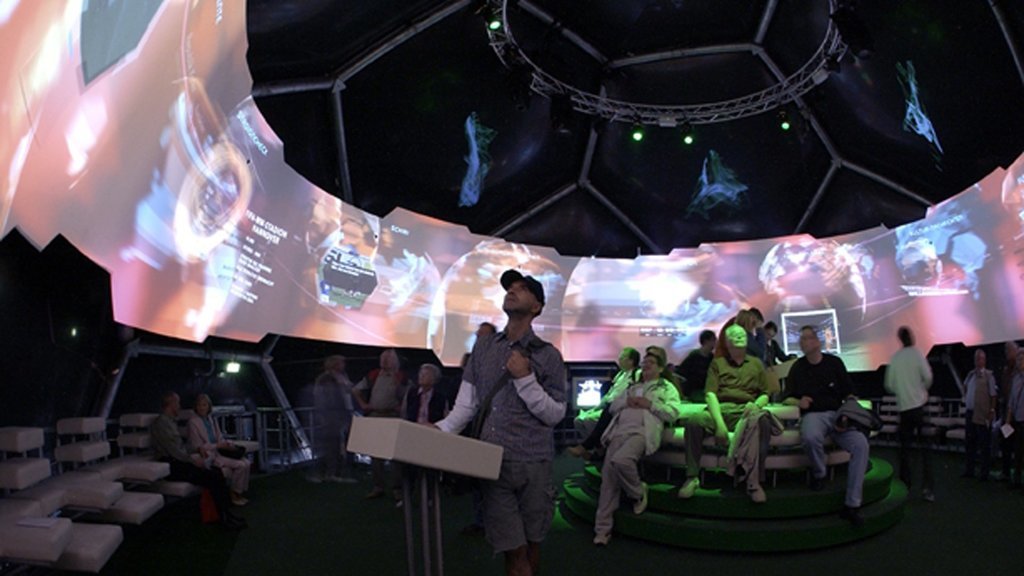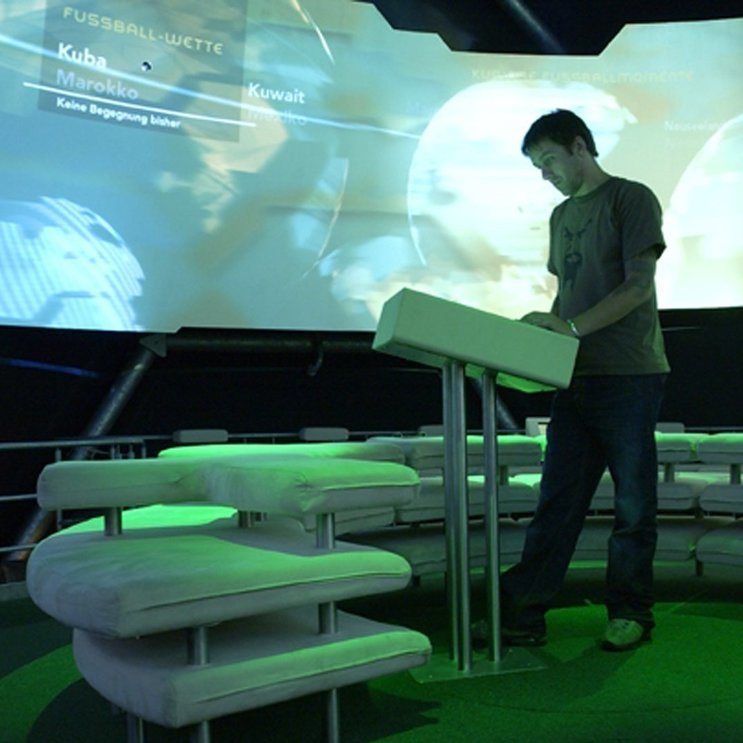To promote the 2006 FIFA World Cup, the “FIFA WM Globe” was sent as a cultural and artistic ambassador of the German Federal Government through all German World Cup venues. MESO realized the media-systems within the “FIFA WM Globe”. In collaboration with 3deluxe, André Heller and Artevent, we planned and realized the infotainment stations and light installations of the globe.
The “FIFA WM Globe” served not only as ambassador but was the most popular core project of the government to accompany the 2006 FIFA World Cup. The “FIFA WM Globe” became a great success; in Berlin alone more than 111,000 people visited the exhibition during its 52 day lodging period.
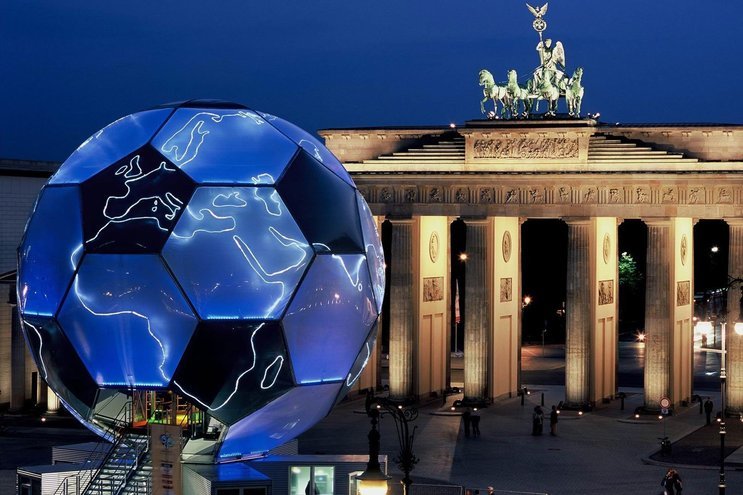
The inside of the “FIFA WM Globe” was created by 10 Projectiondesign F1-XGA Beamers with 3,000 ANSI-lumen. The resolution of the 12m diameter panorama was about 10,240 x 768 pixel. All objects were created by a render controller in a real 3D-coordination system and than visualized in high-quality by 10 so-called “render clients” which also calculated the soft-edges at the slopes. The projection-frieze displayed a fund of animated globes with transparency, color and glow effects moving wave-like through the “Globe” to create constantly changing atmospheres.
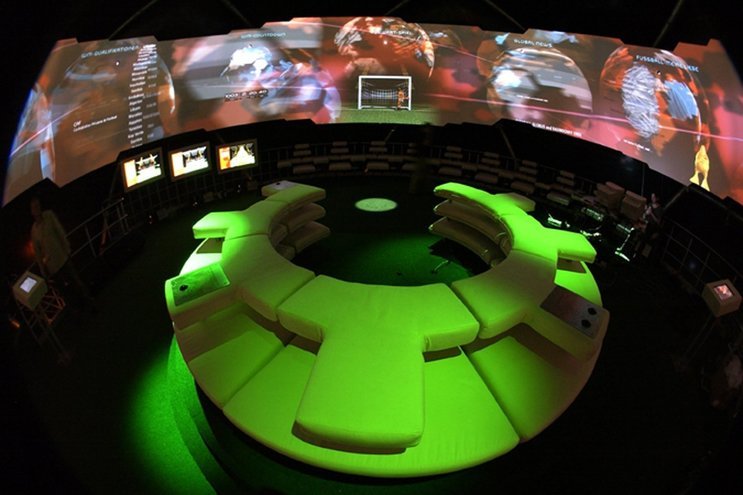
Three terminals with TFT touchscreens and four trackballs, which were integrated into the seating furniture, were used to interact with the projection-frieze. Visitors could browse through the program information, news, video clips and images about the FIFA World Cup, or leave text messages for the public at the “Globe” and on the web-page. They could also actively change the atmosphere of the “Globe” by participating in one of the many quiz-games and interactive installations.
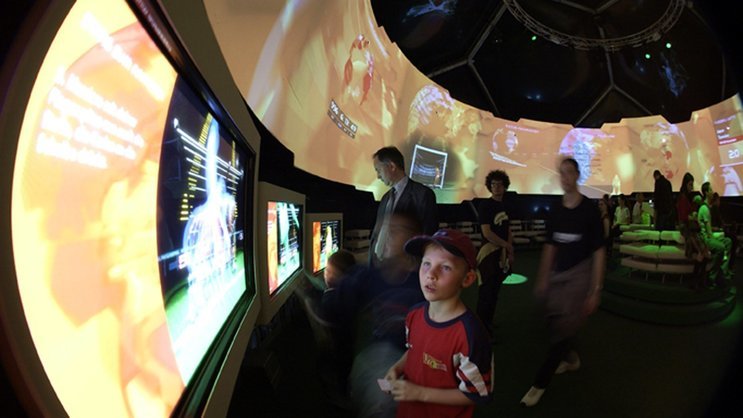
Visitors could play with the cartoon characters of “FC Mondo United” on three 42 inch infrared-matrix-sensor plasma touchscreens. They were asked to “massage” the virtual kickers to revive them for the next match by using a touchscreen. Through the application of non-linear animation films, the lovingly rendered characters (created and animated by Fiftyeight 3D) reacted to touch and huddled against the visitors’ palm.
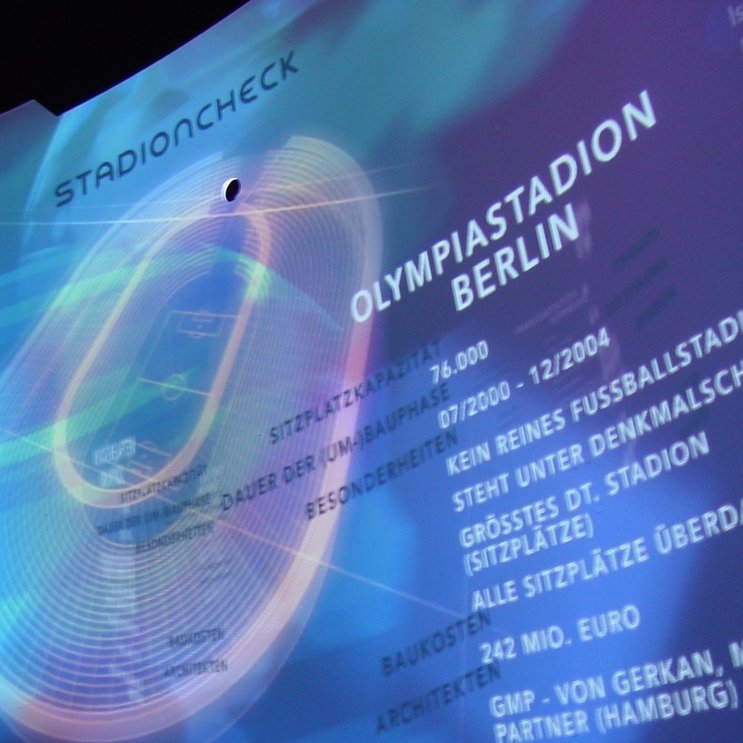
Behind the scenes
Making-of

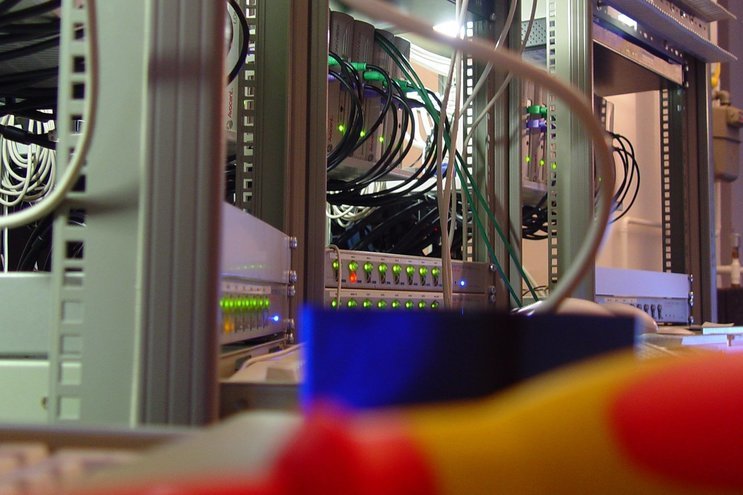
All industry-computers were designed as flat 19 inch hardware each with one or two rack units. As a result, the complete hardware including USV, screens, and power and signal distribution could be stored in just four 19 inch closets; in other words, not more than 1,5 m² of the equipment room was needed. This small “render farm” generated around 500 GHz processing power and around 1 terabyte hard-disc storage. The projection frieze was calculated by 14 industry-computers (Pentium IV, 2,8GHz) and high-end gaming graphic cards (Radeon 9800 pro.). A further 14 industry-computers created the additional images of the terminals and other exhibits.
Our multipurpose software toolkit vvvv was used to control all aspects of the “Globe” in real time. The program’s advantage for this project was its synchronous interaction of computer clusters (“boy grouping”). VVVV is specially designed for the connection of various physical interfaces for sensoring, displaying and telemetry.

Another advantage, absolutely necessary for the realization of the “Football Globe Germany”, was the fast and interactive implementation of ideas via graphic programming technology. So all changes were immediately visible and no standby time for compiling, rendering, etc. was needed.
VVVV was also used for the administration and error prevention of the “Globes” technology. A router provided encoded access to all systems so that remote maintenance, such as software updates, could easily be implemented. The router also provided a live-connection to the internet so that all news and information could be uploaded from an external content management system. This tool enabled editors to create and upload new content without the need to be on-site. All systems operated with Windows 2000 Professional.
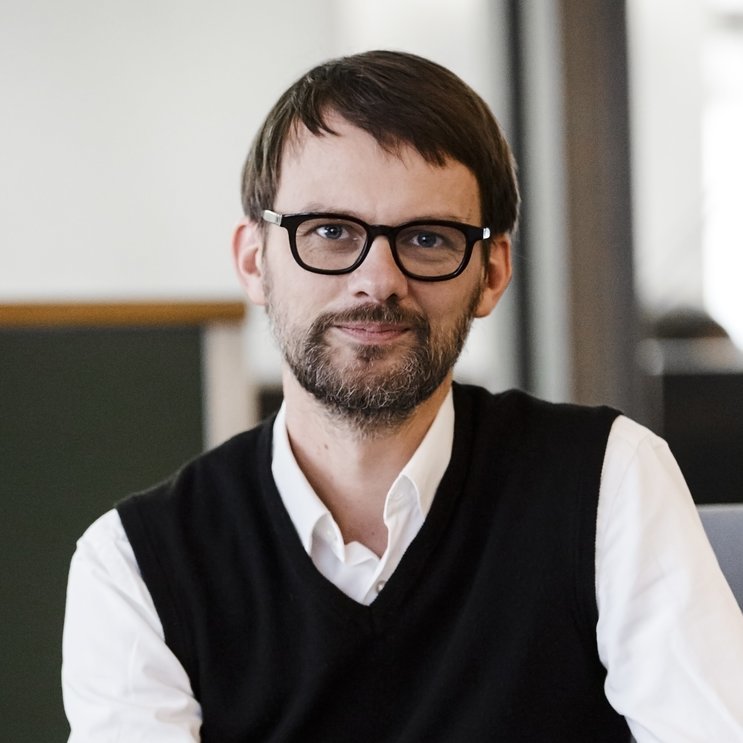
Curious about our approach? Feel free to get in touch!
Sebastian Oschatz Partner +49 69 24 000 321 sebastian.oschatz@meso.design sebastian.oschatz@meso.design +49 69 24 000 321
MESO Digital Interiors GmbH
Gutleutstr. 96 . 60329 Frankfurt . Germany
Team
Joreg, Eno Henze, Sebastian Gregor, Jörg Obenauer, Max Wolf
